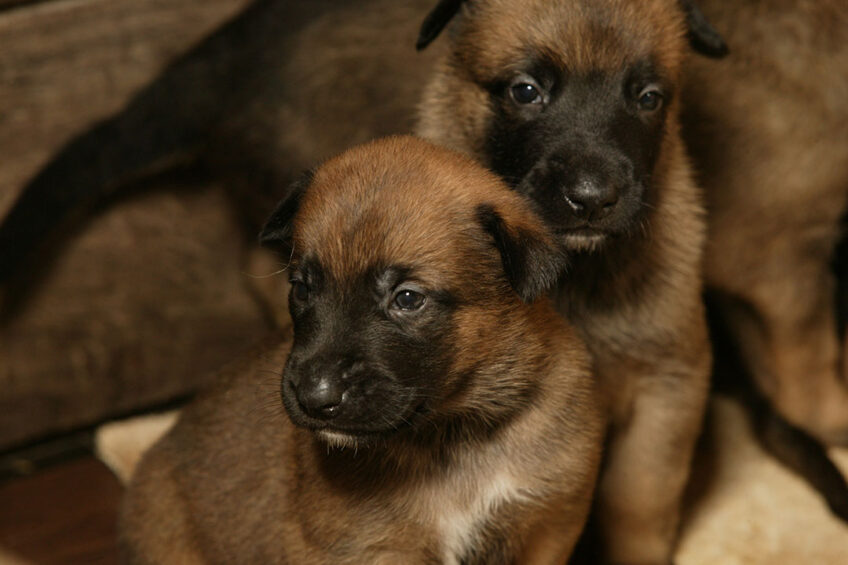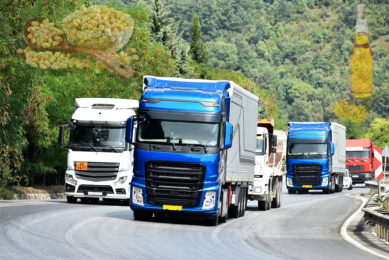Pet food trend in Russia changes direction

A shortage of imported pet food on Russian retail shelves is projected to cause a spike in local production, but some gaps are unlikely to be filled and quality remains questionable.
Over the past few years, the Russian pet food market experienced steady growth in sales, owing to a soaring number of pets in the country. Besides, young Russians proved to actively embrace the humanization trend, abandoning the Soviet attitude of feeding pets from the human table and gradually swinging towards branded pet food products.
Homemade pet food
Over the past 3 years, the number of pets in Russia jumped by 25%. As of today, Russians keep 40 million cats and 23 million dogs. It is estimated that 70.4 million Russians keep at least one pet. The growth prospects on the market remained vast as recent opinion polls showed that 75% of pet owners keep to a certain extent relying on homemade pet food.
Fastest growing pet food market in Europe
In 2020, the Russian pet food market totalled 661,000 tonnes, or 233 billion roubles ($4.2 billion), Euromonitor International estimated. During the past several years, sales have been climbing by more than 10% per year, making Russia the fastest-growing pet food market in Europe. The current crisis is likely to derail this growth dynamic.
Logistics is a nightmare
Western sanctions imposed on Russia wreaked havoc on inbound and outbound logistics, nearly paralyzing import supplies to the country.
As estimated by Kirill Dmitriev, president of the national association of pet industry, coupled with restrictions introduced by the Russian veterinary regulator Rosselhoznadzor against pet food from North America and Europe over the past 2 years, the logistics crunch has narrowed the product range available in the specialised retail.
In early 2022, the average cost of delivering a truck with pet food from Europe to Russia was around €3,200. Now it stands at €11,000, Dmitriev estimated.
Tatiana Kolchanova, general director of the Russian zoobusiness union, added that the entire flow of pet food from Europe was affected by the current crisis.
“There is no direct ban on exporting pet food to Russia, but it is impossible to supply anything. They [European countries] are ready to deliver [pet food] to any country, but not Russia,” Kolchanova said, adding that to some extent export is unofficially being restricted by customs services in the European Union.
Currently, some suppliers are considering alternative delivery schemes, involving shipping pet food through Serbia and Turkey, Kolchanova said.
No new specialised pet food stores
The lack of imports takes a heavy toll on specialised pet food retailers. Dmitriev estimated, roughly 12,000 pet food outlets operated in the country, generating 80% of revenue from selling specialised, premium and medicated pet food that are almost not produced in Russia.
Nearly 20% of Russian pets require specialised or medicated pet food, Dmitriev estimated. Over the past few months, some pet owners voiced fears over the future of their pets, as import is disrupted, while retailers see their warehouse reserves dwindling.
The Russian newspaper Kommersant reported that in March-April virtually no new pet food stores were opened in Russia due to a lack of specialised pet food and a mix of other factors primarily pertaining to harsh economic conditions.
In May, sales in Moscow’s pet food stores slumped by a stunning 25%, a source in the pet food industry told Kommersant, adding that it was partly explained by a shrinking product range, plus customers are cutting their budgets on pet food, possibly returning to a food-from-table diet amid growing economic uncertainty.
Big businesses stay put
However, the Russian pet food market is not expected to be hit by a general product shortage since Mars and Nestle have not pulled out from the country, like hundreds of other Western businesses.
In a March statement, Nestle said it had suspended capital investment, and pulled all advertising activity in the country, but continue selling essential food products. Mars said it had scaled back its business in Russia would refocus on its “essential role in feeding the Russian people and pets”. The company also added it had suspended new investments in Russia and will not import or export products in or out of Russia.
Mars and Nestle have been dominating the Russian pet food market. As estimated by the Russian zoobusiness union, Russian self-sufficiency in pet food is close to 85%, secured primarily by brands belonging to these companies.
Import-replacement campaign
Mars and Nestle had to suspend the construction of new capacities with the combined production performance of close to 170,000 tonnes of pet food they planned to put into operation in the next few years.
With this in mind, some plans of replacing the import of specialised and medicated pet food were rolled out by several Russian companies. The Russian largest meat producer Miratorg, for one, launched a medicated pet food factory with a production performance of 47,000 tonnes per year in March, adding that the actual sales would depend on the market demand.
Dmitriev warned that replacing the import of specialised pet food would require enormous investments in the research and development field.
There are several dozen pet food producers in Russia, most of which historically focus on producing pet food for the budget segment.
Exports are in jeopardy
In addition, Russia exported 160,000 tonnes of pet food worth $200 million to 30 countries in 2021, the Russian Federal Customs Service estimated. The main sales markets were countries of the Eurasia Economic Union, with 37,000 tonnes of pet food worth more than $61 million sold to Belarus, and 31,000 tonnes worth $32 million – to Kazakhstan.
Russian pet food exports reportedly slumped in May-June, driven down by the logistics crunch and unprecedented rise in the exchange rate of the Russian rouble.
At the beginning of 2021, Fedor Borisov, executive director of the Russian pet food producers association forecasted that export would grow by 25% to 30% per year until 2025. Borisov listed the EU, Norway, Turkey, CIS countries, Ukraine, and Mongolia among the main sales destinations, adding that some work was done to begin supplies on the Chinese market. This forecast is unlikely to remain realistic in the new reality.











